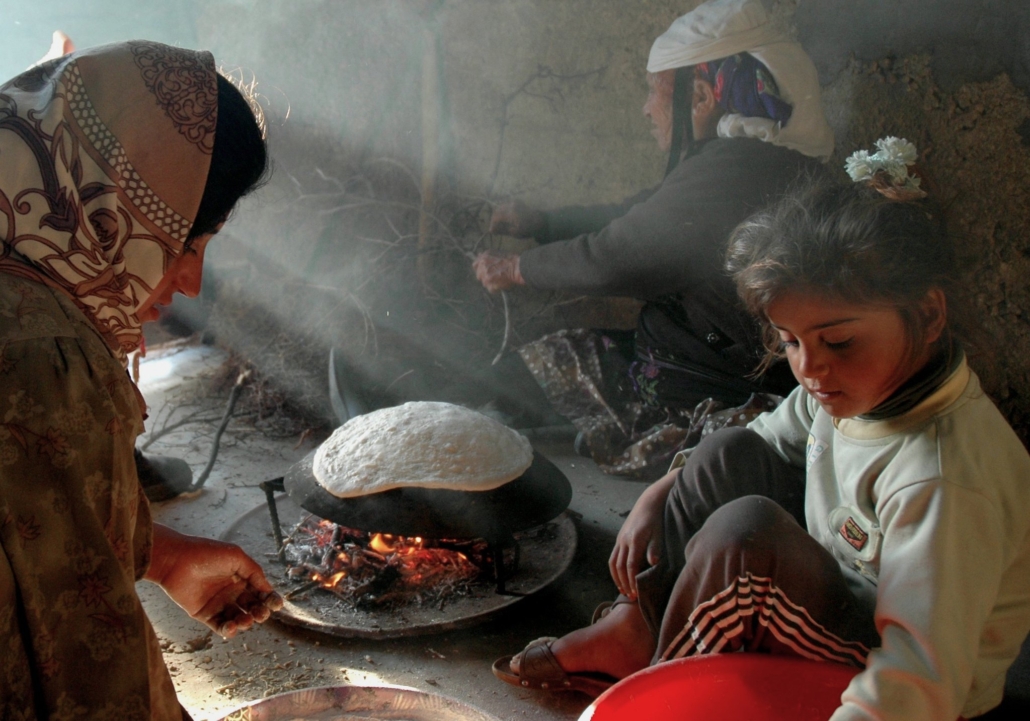 On March 25, 2024, Clint Borgen, the founder of The Borgen Project, interviewed Josh Paul, the former director at the U.S. Department of State in the Bureau of Political-Military Affairs, as he discussed his resignation and dissatisfaction with the administration’s handling of the Israel-Hamas war.
On March 25, 2024, Clint Borgen, the founder of The Borgen Project, interviewed Josh Paul, the former director at the U.S. Department of State in the Bureau of Political-Military Affairs, as he discussed his resignation and dissatisfaction with the administration’s handling of the Israel-Hamas war.
The Israel-Hamas War
On October 7, 2023, Hamas attacked Israel, a tragedy that deeply affected Josh Paul, as the horrors of the attack and its repercussions on innocent lives made him sick to his stomach. While he acknowledges Israel’s right to defend itself, he could not condone the brutal massacre of Palestinian civilians. His last day at the State Department was on October 18, 2024.
Three Major Concerns
Paul had three significant concerns that ultimately led to his resignation:
- Scope and Scale of Destruction: He was alarmed by the extensive destruction caused by U.S.-provided weapons to Israel, including both past usage and the further supply of new arms.
- Disconnected Policy Premises: Paul expressed his concerns regarding the U.S. policy that still hinged on the viability of the Oslo Accords, which he felt was disconnected from the realities on the ground, such as the siege of Gaza and the expansion of settlements in the West Bank. A two-state solution is unlikely as Israeli leaders and a majority of civilians do not support it.
- Lack of Internal Debate: Within the State Department, there seemed to be no interest in discussing the consequences of U.S. actions, particularly regarding Gaza and broader border policy concerns.
Days Leading Up to the Resignation
“Violence will only lead to more violence and more suffering,” Paul said.
He advocated for a pause and reevaluation of current policies. However, he received mixed responses: while some agreed with him, they also warned that he could be fired and that nothing would change.
As the days passed and devastation unfolded, Paul’s concerns deepened as he was being asked to approve major arms transfers to Israel.
“We’re providing the weapons that Israel is using to conduct these operations, but also the diplomatic support that enables Israel to continue to dance above international law and above the United Nations and also the defensive support that protects Israel from Iran, and also the diplomatic encouragement and effort to keep Israel integrated within the region,” explained Paul.
Human Rights Concerns and the Leahy Laws
To provide support for his argument against U.S. participation in Israel’s war with Hamas, Josh Paul highlighted the implications of the Leahy Law, which prohibits the U.S. from providing security assistance to units implicated in human rights violations. He emphasized that urban environments in Gaza were being bombed, intensifying civilian suffering.
Paul stated, “We’ve seen videos of a child walking with his mother, waving a white flag, and a sniper shooting him.”
Drawing comparisons between the U.S. campaign against ISIS and Israel’s actions in Gaza, Paul noted that the U.S. used far fewer bombs in the overall counter ISIS campaign, while Israel dropped 22,000 munitions into Gaza within the first few months of the conflict. A task force assessing U.S.-provided weapons in Gaza included Wes J. Bryant, a former Joint Terminal Attack Controller for the U.S. Air Force, who Paul described “had never seen anything like the negligence of Israel’s approach in Gaza.”
Further, he questioned where the line would be drawn between war and politics, arguing that Israel cannot win the war by bombing Palestinian populations. Attacks such as these only push civilians into joining Hamas. However, it is important to note that there are civilians who do not align themselves with Hamas’ worldview and seek peace and stability in the region.
Paul noted, “If your family has been wiped out, you might have a bone to pick.”
The Role of AI and Targeting Tactics
Paul discussed Israel’s use of AI systems such as Lavender, which identifies targets based on social media activity, and “Daddy’s Home,” which strikes targets when they return home to their families. He questioned how Israel defines Hamas, pointing out that the term sometimes includes non-combatants such as humanitarian aid escorts and street cleaners.
Generational Shifts and Political Debate
Paul’s extensive experience working with the State Department, dealing primarily with foreign relations, diplomacy and communications with international countries, has allowed him to observe the generational shift in attitudes towards U.S. relations with Israel, with younger Americans increasingly critical of unconditional support for Israel. This shift, driven by social media and less religious affiliation, contrasts with older generations’ views.
Paul highlighted the protests on college campuses, and how the administrations’ responses, marked by egregious arrests, angered students’ and prompted retaliation. He recounted a conversation he had with a student at Dartmouth, who shared his perspective on the protests being broken up by riot police.
“I don’t care about this issue, I don’t see eye to eye with the protestors, but when you start arresting my friends, I’m going to be there the next day,” he stated.
The Broader Implications
Paul criticized President Joe Biden and his administration, stating, “President Biden has built a reputation on being a man of empathy and compassion, and that empathy and compassion has just been entirely absent for the last seven months when it comes to Palestinian lives.”
He notes that the conflict has damaged the West’s credibility in maintaining international order and a rule of law, undermining institutions like the International Criminal Court and the United Nations.
“The United States’ response is going to do damage to our own interests and lead to a world where there is no longer a global standard of international law” stated Paul.
In order to see change, Josh Paul urges Americans to push the Biden Administration and their members of Congress to take a different approach to the Israel-Hamas War. He reiterated that the only way that the U.S. is going to use its leverage properly is if Americans are pushing Congress to make changes. Paul noted that applying pressure to create change is a marathon, not a sprint and Americans should keep pushing, especially in time for the West Bank.
“It is in America’s interest to have a system that applies to the rule of law,’ said Paul.
– Lila Russell
Photo: Flickr
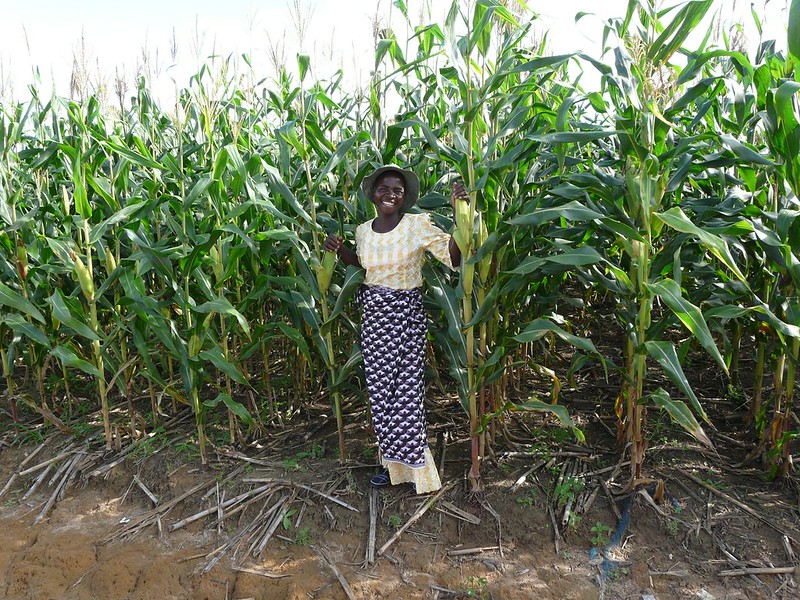 With
With 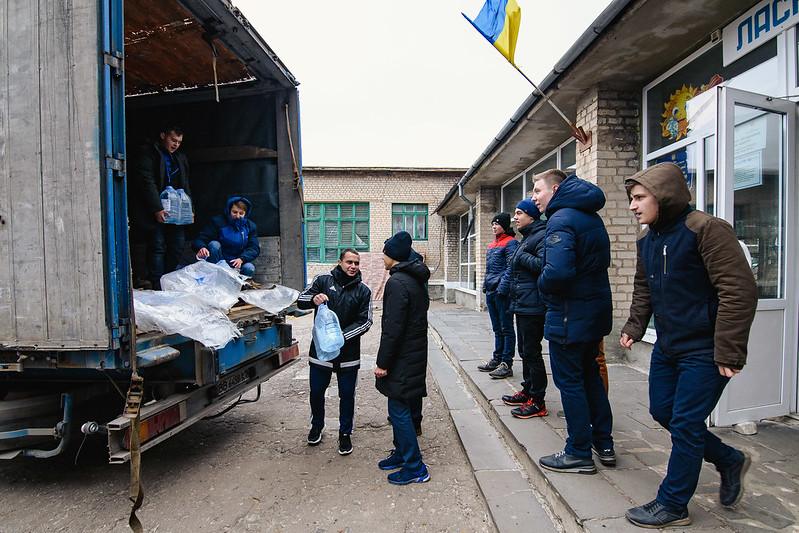
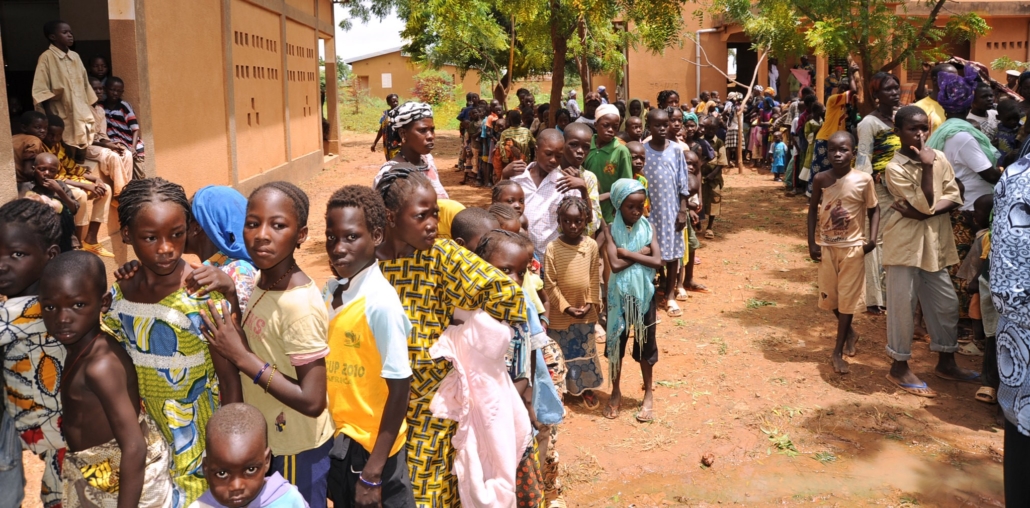
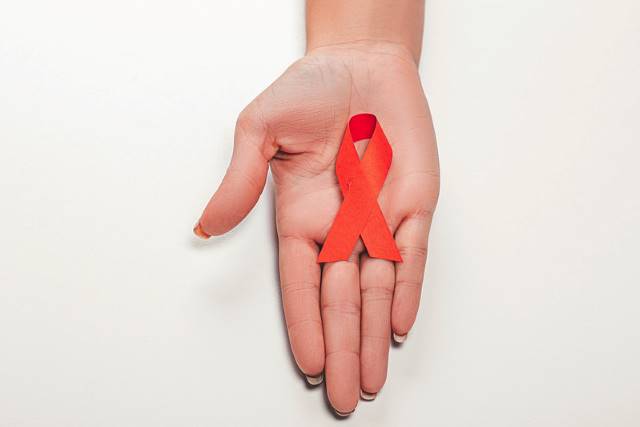 Ukraine has one of the highest rates of HIV/AIDS in the world, with an
Ukraine has one of the highest rates of HIV/AIDS in the world, with an 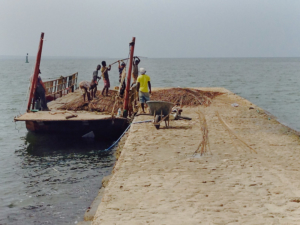
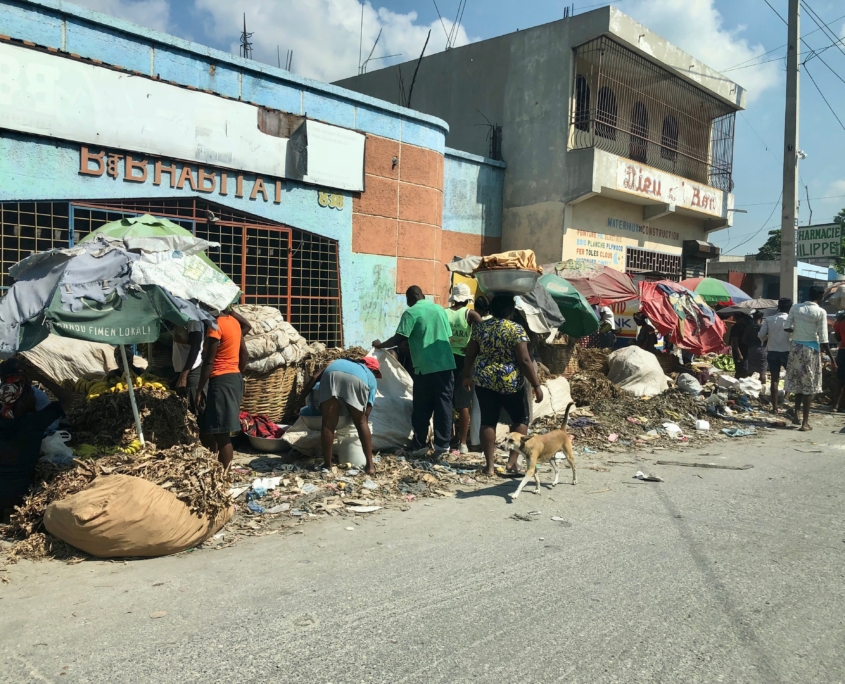 In 1804, Haiti officially
In 1804, Haiti officially 
 Joe Biden’s Vice President pick, Kamala Harris, is a new player when it comes to foreign aid and international relief. A strong arm with U.S./Mexico relations and domestic advocacy, Harris has some experience with addressing poverty. However, the question remains: what could this potential vice-presidential elect bring to the global table? This article will focus on Kamala Harris’ foreign policy. Specifically, her previous commitments to international humanitarian issues and what she outlines as her future focus.
Joe Biden’s Vice President pick, Kamala Harris, is a new player when it comes to foreign aid and international relief. A strong arm with U.S./Mexico relations and domestic advocacy, Harris has some experience with addressing poverty. However, the question remains: what could this potential vice-presidential elect bring to the global table? This article will focus on Kamala Harris’ foreign policy. Specifically, her previous commitments to international humanitarian issues and what she outlines as her future focus.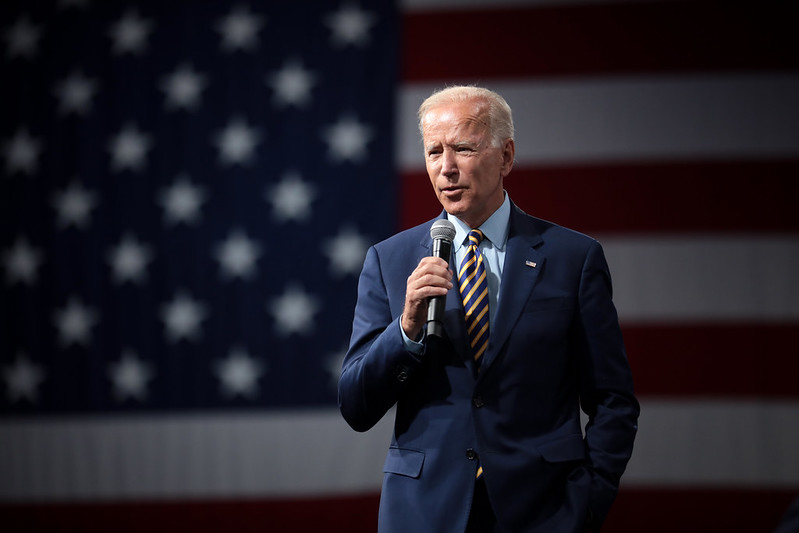 The U.S. remains one of the largest political powers in the world. Countries around the globe pay close attention to the presidential election and are anxious to know who will lead the country for the next four years. From COVID-19 pandemic relief efforts to foreign policies, the future of the nation’s decisions rests heavily on the outcome of the 2020 election. Read on to learn about the connections between the 2020 election and global poverty.
The U.S. remains one of the largest political powers in the world. Countries around the globe pay close attention to the presidential election and are anxious to know who will lead the country for the next four years. From COVID-19 pandemic relief efforts to foreign policies, the future of the nation’s decisions rests heavily on the outcome of the 2020 election. Read on to learn about the connections between the 2020 election and global poverty.